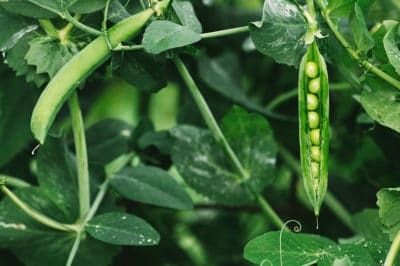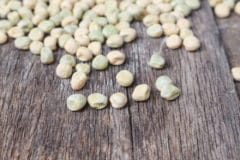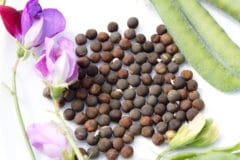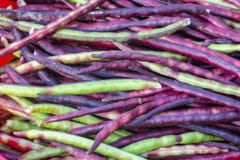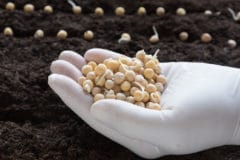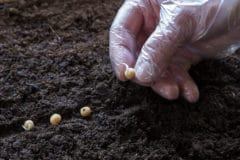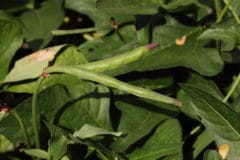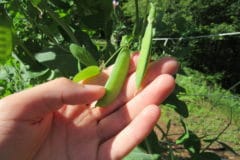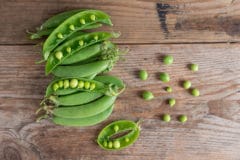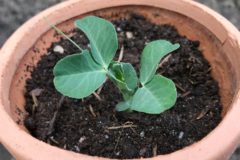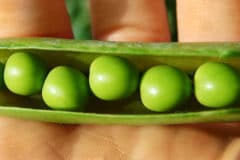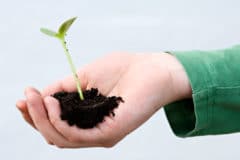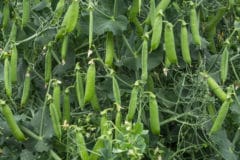The Earliest Seed
A rule of thumb for gardeners in any climate is: put peas in the ground as soon as the soil has thawed. They are often the first seeds planted of the year. In many regions across the U.S. peas are ceremoniously planted on George Washington’s birthday, February 22nd.
Many gardeners live by the rule: never plant anything before Memorial Day. When it comes to peas, throw that rule out the window. Peas are so cold hardy that they will grow right through a light snow. Frost doesn’t phase them. Germination happens at temperatures as low as 40°F (4°C). Planting peas is a right of passage that welcomes in the spring growing season.
In fact, peas grown too late will not do well. Warm temperatures will cause them to toughen and stunt. It can be a frustrating battle trying to grow peas too late in the season.
How to tell
One surefire method of knowing that it’s time to plant peas is a soil thermometer. As soon as the ground has warmed to 40°F (4°C) you can directly sow seed. But, you don’t need to be that scientific to give it a good guestimate.
If you can stick your finger into the soil, then you can plant peas. It all depends on when the ground thaws in your area. Farmers in coastal climates will be able to plant earlier while those at higher elevations will need to wait.
Here is a checklist for planting peas:
- Well worked soil
- Full Sun
- Cool Temperatures 40°F (4°C)
- No Nitrogen Fertilizer
- Soak Seeds Overnight
Tips and Tricks
Sometimes the temperature is right but the soil is too wet to be tilled. In this circumstance work it gently and lightly with only a spade or garden fork. Avoid overworking wet soil as it leads to compaction.
To maximize the amount of nitrogen that you peas fix into the soil, you can inoculate them with a bacterial inoculant. Soak them for 24 hours in inoculated water before planting.
Peas can be planted successionally to provide a prolonged harvest. Plant new seeds every two weeks through the year. Even in milder climates, gardeners may need to take a break from planting during the hottest months of July and August. Flowering plants need to be protected from frost.
